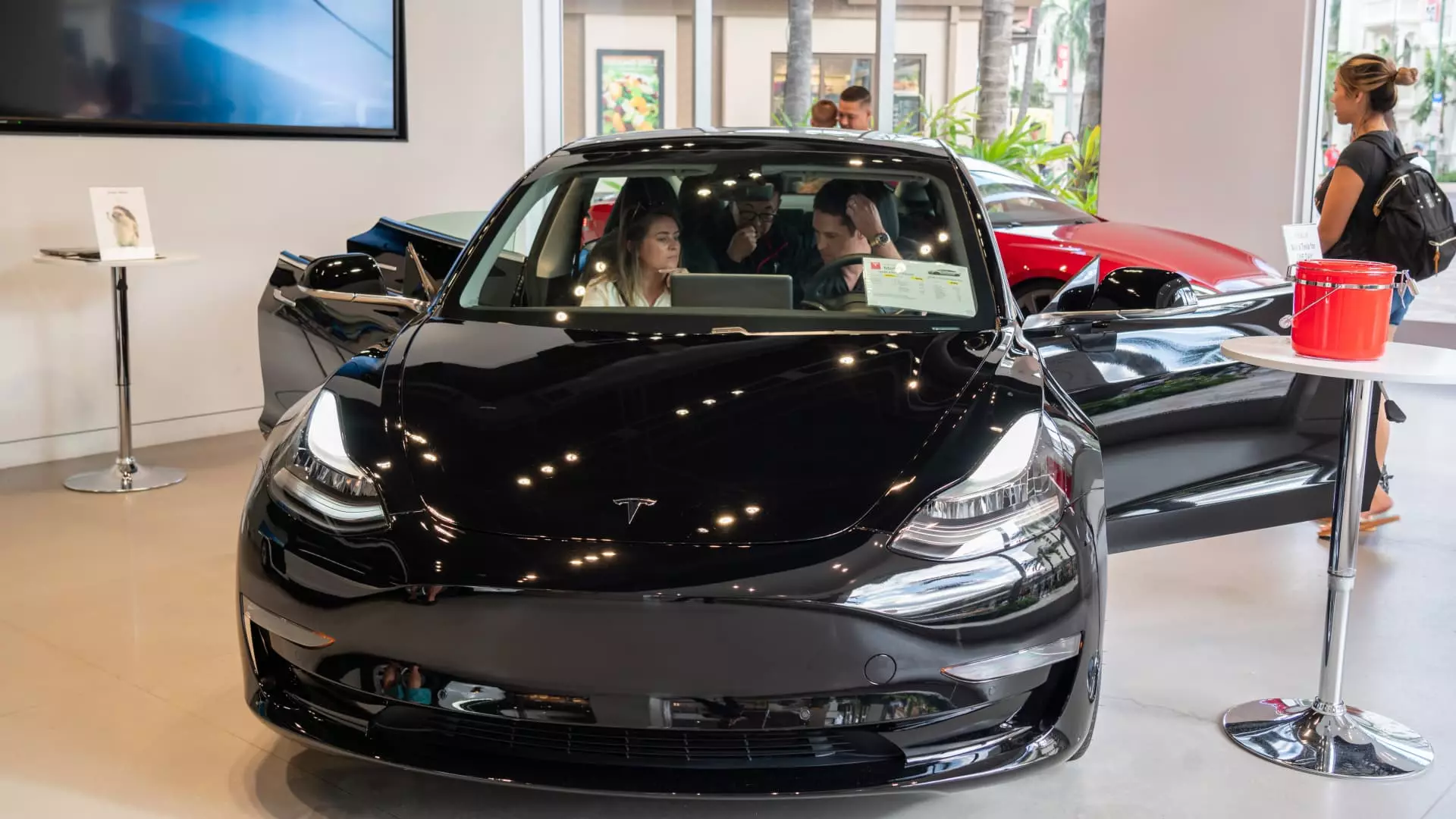The shift to all-electric vehicles in the United States has been a slow one, with consumers taking their time to embrace this new technology. However, one state that has emerged as a leader in EV adoption is Hawaii. According to J.D. Power, Hawaii currently ranks fifth in overall EV adoption, with 11.9% of new retail vehicles sold through February being electric. What sets Hawaii apart is its high EV adoption score of 33.8, coming in third behind California and Washington. This score is a reflection of market conditions, consumer preferences, and the availability of EVs in the state.
So, what exactly is driving Hawaii’s residents to opt for EVs over traditional gas-powered vehicles? One major factor is high fuel costs, as the average price for a gallon of gas in Hawaii is a whopping $4.72, second only to California. This significant cost difference has made electric vehicles a more attractive option for many consumers in Hawaii. Additionally, the availability of renewable energy sources for charging and a cultural emphasis on stewardship of the land have also played a role in driving EV adoption in the state.
Unlike some mainland states, road trip concerns are not a major hurdle for EV buyers in Hawaii due to its island geography. With the longest drive around the Big Island being only 260 miles, range anxiety is less of an issue for residents. However, the lack of charging infrastructure, affordability, and limited vehicle choices still present challenges for EV adoption in Hawaii, mirroring the struggles faced on the U.S. mainland. Despite these obstacles, consumer interest in EVs continues to grow, with models like the Tesla Model Y, Tesla Model 3, and Ford F-150 Lightning leading the sales charts in the state.
While EV adoption in Hawaii remains relatively low compared to traditional vehicles, the trend is expected to continue upward. Dealerships are seeing increased interest in electric vehicles, especially with the arrival of new models like Kia’s EV9 SUV. The popularity of more affordable options like the Kia Niro, starting at around $36,000, is also helping to drive EV adoption in the state. As Hawaii works to address the challenges of charging infrastructure and affordability, the future looks promising for electric vehicle adoption in the Aloha State.
Hawaii’s unique blend of high fuel costs, renewable energy availability, and cultural attitudes towards the environment has positioned it as a leader in electric vehicle adoption. While challenges remain, such as affordability and charging infrastructure, the growing interest in EVs among consumers suggests that Hawaii is on the right path towards a greener and more sustainable transportation future.

